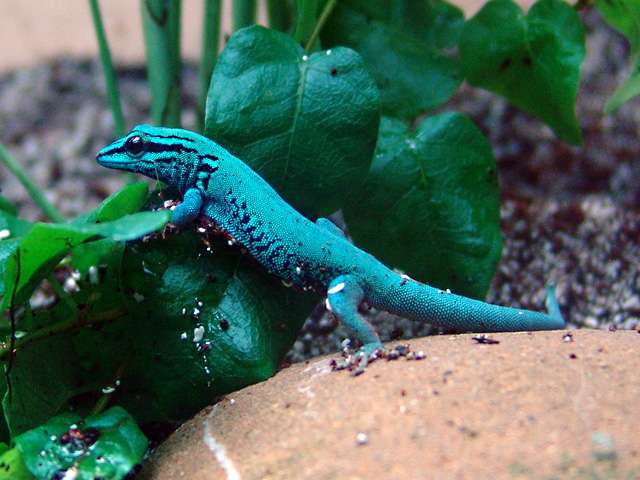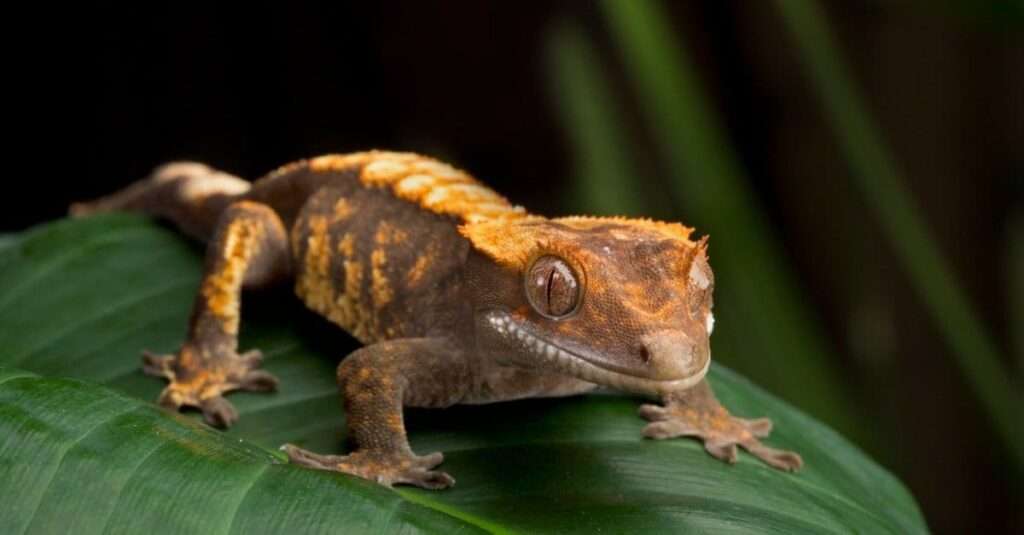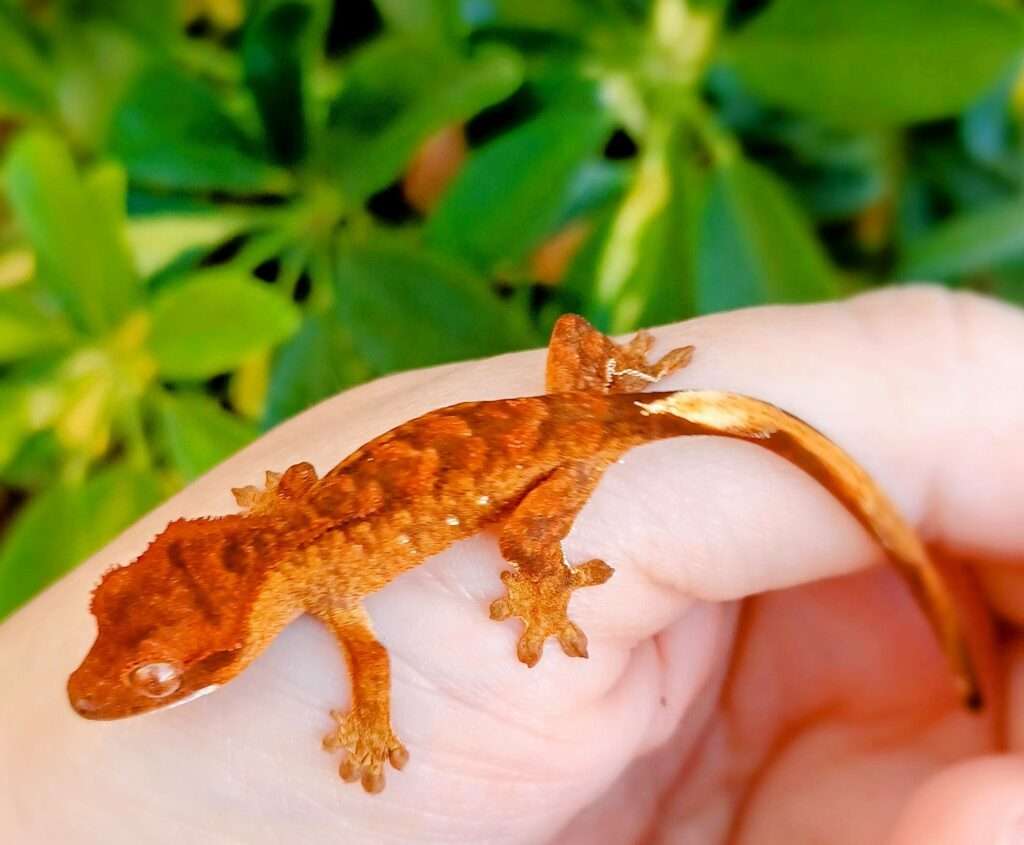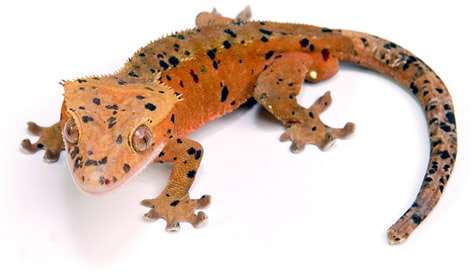
Description:
Scientific name: Lygodactylus williamsi
Life span: Up to 10 years
The Gekkonidae family of lizards includes the highly endangered Lygodactylus williamsi species. The hemipenile bulges, preanal pores, and strong black neck stripes of L. williamsi males are also noticeable. Females have little to no neck black and can be any shade from brown or bronze to brilliant green. Girls are often mistaken for young or socially repressed males who are also green, perhaps with a blue cast. Orange covers the underside of both sexes. Individuals’ colors change depending on their emotions and environment.
Native Region/Habitat
Just 8 km2 (3.1 sq mi) of the Kimboza Forest, Ruvu Forest Reserve, Mbagalala, and Muhalama at an altitude of 170-480 m are home to L. williamsi (560–1,570 ft). They are situated in eastern Tanzania, at the base of the Uluguru Mountains. The red-listed endemic screwpine, Pandanus rabaiensis, is the only place the turquoise day gecko can be found in the wild. It typically resides in the leaf crown. It can only be found on huge trees with leaves that are more than one meter (3.3 feet) long. A single person, or an adult male, adult female, and juveniles, will normally be present in a single leaf crown.
Behavior:
L. williamsi is a diurnal gecko, just like all others in the genera Lygodactylus and Phelsuma. It is assertive, gregarious, and bold. Men are territorial and typically don’t like it when there are other males around. Social cues include head shaking and head bobbing, lateral flattening, throat patch puffing, and tail-wagging.
Care As a pet/In captivity:

Housing: An exo-terra 30x30x45cm terrarium can house a single gecko or a male and female pair. Because they are such busy lizards, additional space will be needed if it is available. A humus- or soil-type base that is about 2 inches deep is advised. This preserves humidity and, if preferred, can be combined with sphagnum moss. They take full advantage of braches, vines, and plastic plants because they enjoy being able to climb.
Temperature: These lizards need an ambient temperature of 20 to 30 degrees Celsius and a basking place temperature of 32 degrees Celsius. It is advisable to use a spot lamp or tiny UV light to offer the right temperature. A few degrees of dip at night can be advantageous. It is essential to use a trustworthy thermometer to check temperatures.
Lighting: Because they are active during the day, electric blue day geckos require UVb light. A small UV lamp that can also serve as a basking place works well in confined spaces. Typically, a 5% UV bulb is adequate. For these geckos, a day-night cycle that lasts roughly 12 hours on and 12 hours off is recommended.
Humidity: These geckos prefer a humidity level of about 70%, but they may survive in conditions ranging from 50% to 80%. The best way to do this is to use a misting bottle to spray the cage once or twice a day. This will also give your gecko water droplets to suck off the leaves and the tank’s sides.
Feeding: Insectivores include electric blue day geckos. These lizards are small in size, hence they enjoy eating smaller invertebrates like fruit flies, tiny crickets, and silkworm moths. They should be given a daily calcium dusting and once or twice a week, an excellent vitamin supplement. Insects should be their main source of nutrition, though they may occasionally consume fruit puree and honey or even a whole gecko diet.
Table





